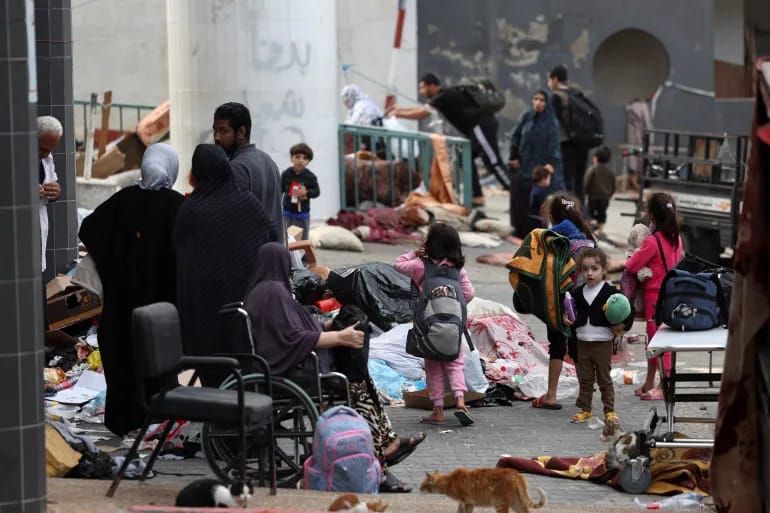A truce between Israel and Hamas has brought a temporary halt to the seven-week-long conflict that has gripped the Gaza Strip. This truce, effective at 7 am local time, marks the first break in Israel’s continuous bombardment of the region since Hamas’s October 7 attack on southern Israel. As families on both sides anticipate the release of loved ones and humanitarian aid aims to reach the battered enclave, the world watches with a mix of anxiety and optimism.
The Truce Holds
The first scenario unfolds with the hope that the truce holds firm, fostering a brief period of respite for civilians on both sides. As the exchange of 150 Palestinian women and children imprisoned in Israeli jails for 50 hostages held by Hamas takes place, there is a glimmer of optimism for families torn apart by the conflict. The pause in fighting, though temporary, provides a crucial lifeline for Palestinians to recuperate and rebuild amid the devastation.
The Truce is Extended
Should international pressure succeed and both parties adhere to the agreement, the truce might extend beyond its initial four days, offering a more extended period of relief. During this lull, Israel and Hamas could regroup, rearrange their forces, and potentially gather intelligence for the next phase of the war. While the truce is not an end to the conflict, the economic strain on Israel and its impact on tourism might prompt a preference for a longer pause.
The Truce Breaks
Conversely, the fragile peace could shatter, presenting a bleak scenario where Israel, with more incentives to break the truce, risks a potential escalation. As the pressure mounts on Prime Minister Benjamin Netanyahu, who has yet to achieve strategic objectives, the consequences of a broken truce loom large. Any breach could lead to Hamas firing missiles on Israel, potentially sparking a gradual escalation in tensions on multiple fronts of the war.
The Path to Ending the War?
Amidst the uncertainty, concerns arise among Israeli officials that the hostage exchange may be a ploy to lure Israel into a permanent ceasefire. Despite assurances from Prime Minister Netanyahu that military operations will persist, international pressure for a ceasefire is mounting. The truce, now in effect, opens a window for diplomatic engagements and potential solutions to a conflict that has deeply impacted the region.
















